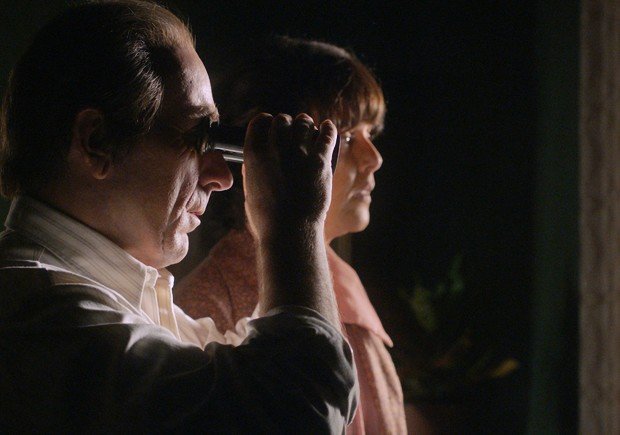I am writing about the pandemic. Everything we do lately is about the pandemic, in the sense of being caught up in it, being immersed in it. We enclose ourselves in it, we are frightened by it, we get angry about it, we think, we talk, we write about it; we work on it and also don’t have work on account of it; we love and are separated by it.
There is the real of death, but there is also toilet paper as a sign of a real in the symbolic. How can I think – I am not saying understand – this phenomenon, which Borderías has already questioned? The scarce and therefore precious toilet paper is not that of the blank page awaiting the stroke. It appears as the place to deposit the object of waste, into which the pandemic throws us.
Behind the drive to hoard there is the fall of a veil, a tear through which we appear reduced to mosquitoes transmitting the disease, or to becoming its potential waste products. The thought of feces without a place to deposit them is a way of imaging the real, which we find unbearable enough to go out to ransack the supermarket shelves.
Fear. I am watching a movie a day about pandemics, which itself is only possible thanks to the pandemic. Yesterday I saw the Spanish La trinchera infinita [The Endless Trench], by Garaño, Arregui and Goenaga, about a man who spends thirty years locked between a real evil and a social construction. And when he finally finds the way out, it turns out that self-confinement is the most difficult thing to overcome.
“It’s not so bad in here”, says the protagonist, in his basement of two-by-one meters. But how to manage out there with the light, the sun, the noise, the others! Only the bond of love gives him the opportunity to find a way out, and the man in the bunker does not let the opportunity escape.
Let us hope that this contingent pandemic does not become a necessary and endless trench in the face of the encounters with the real. A trench can be an aid to sleep. Let it not become that. Let us be careful but let us also stay alert.

